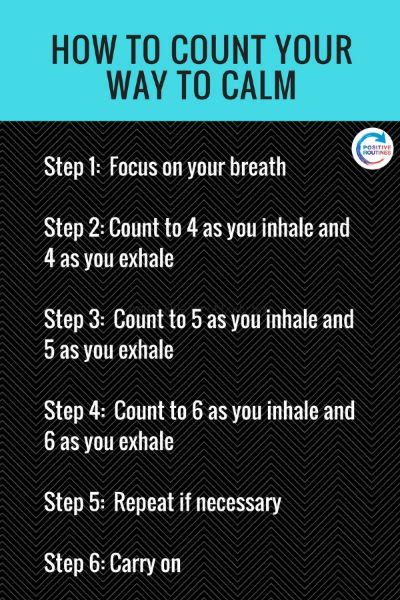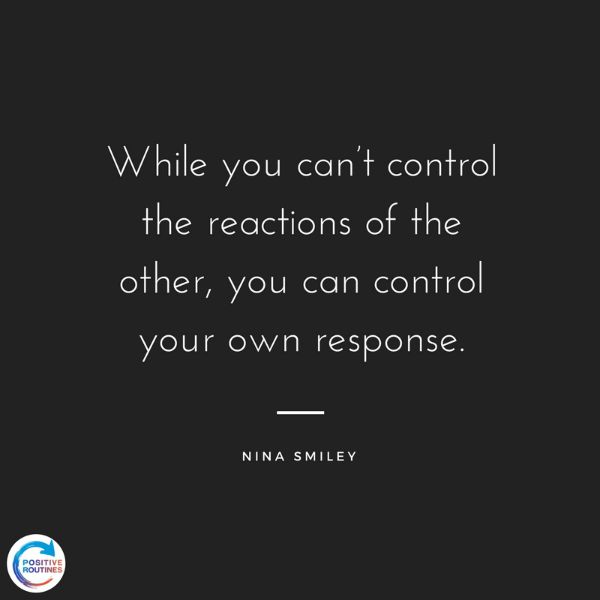Ever wanted to know exactly how to practice mindfulness at work, especially when your surroundings are…chaotic, to put it gently? Between deadlines, obnoxious coworkers, nerve-wracking presentations, and the constant buzz of new email alerts, it may feel like your head is going to explode at any moment.
You’re not alone in feeling like your workspace breeds the fight-or-flight reaction. Experts agree: Office environments can be minefields of stress, says Nina Smiley, PhD, director of mindfulness programming at Mohonk Mountain House in New York.
Luckily, practicing a few simple mindfulness techniques can help. “Think of mindfulness as instant self-care,” says Smiley. “When you learn how to clear the mind and calm the body, you lower blood pressure, enhance the ability to focus, improve relationships, and increase productivity.” Sign us up.
We already know that mindfulness can help with stress and anxiety in general. But science says mindfulness can be particularly helpful for handling your work life. In a small 2017 study, researchers examined the impact of mindfulness meditation on job satisfaction. After using mindfulness meditation techniques—think staying focused, staying present, paying attention to when you switch to autopilot—the participants reported feeling calmer, more relaxed, and better able to handle those stressful workplace situations.
“These are significant benefits to you and everyone around you,” says Smiley.
How to Practice Mindfulness at Work in Two-Minutes or Less

We asked two mindfulness experts how to practice mindfulness in daily life at the office. Here are their two-minute tricks to help you stay productive, positive, and generally chilled out in these five stressful work scenarios.
Scenario #1: You’re freaking out before a presentation

How to practice mindfulness for performance angst: Count your breaths
When you feel pre-presentation panic coming on, focus on your breathing. “Nerves prior to or during a presentation can accelerate your heartbeat and cause shortness of breath leaving you feeling dizzy, nauseous, and jittery,” says Emilie Perez, a registered yoga teacher and mindfulness expert at Yoga Wake Up. “It may also cause you to race through a presentation without being mindful of your disposition, language, and clarity in speech.”
The remedy? A simple breathing technique to help reduce your stress.
Try this: “Minutes before a presentation, sit still and count your breaths—four counts in on the inhale and four counts out on the exhale,” explains Perez. Follow that with two more rounds—one with five count breaths and one with six count breaths.
The best part: “No one will notice you doing anything differently, but you will feel the powerful, calming effects,” adds Smiley.
Scenario #2: You’re having a tense convo with a coworker

How to practice mindfulness in moments of conflict: Mindful visualization and listening
If you know you’re about to walk into an uncomfortable meeting or go to the mat with a colleague over an idea, prepare yourself by breathing deeply and visualizing a calm, positive outcome of the interaction. “The visualization acts as a rehearsal,” explains Smiley. “While you can’t control the reactions of the other, you can control your own response.”
In the moment, focus on being present. “Pay close attention to the words being used by your coworker so you can try to make sense of their meaning. Think thoroughly about what they say so that you can reasonably understand why the confrontation is taking place,” says Perez. Apply the same mindful meditation technique to your responses. “Be mindful of your tone and disposition,” Perez adds.
Scenario #3: You’re stressing out over a looming deadline

How to practice mindfulness under pressure: Mindful movement
An impending deadline can kick you into fight or flight mode—and that cocktail of adrenaline and anxiety is not good for your focus.
To refocus, get out of your head and into your body. First, “take a deep breath and tighten every muscle as you breathe in,” says Smiley. Hold it. Then as you breathe out, release the tension. “This is a quick mindful moment to help you physically let go of the stress in your body,” she explains.
If you need more of a pause, Perez suggests getting out of your chair and doing a couple of gentle side bends. Or try “a gentle forward fold clasping opposite elbows and swaying the torso side to side to release the head and soften the mind.”
Scenario #4: You’re chronically buried by a chaotic workload

How to practice mindfulness in periods of long-term stress: Mindful observation
When work feels totally overwhelming, use mindfulness to connect to what’s right in front of you—literally.
“Look around the office and focus in on something close to you. Observe it for a minute or two concentrating on its form, design, color, and purpose. Think about why it’s there, what its role in your work life is, how it connects you to the office, helps you do your job, reminds you of something important or a past experience,” explains Perez. The technique helps give your mind a break so you can recalibrate.
Scenario #5: You just can’t seem to focus

How to practice mindfulness for distraction: Mindful awareness
“If you are feeling distracted and unproductive, it’s likely that you haven’t given yourself any self-care or you’re pushing your limits too much,” says Smiley. To help reset and refocus, walk to a window or close your eyes and take a few deep breaths. “Clear your mind, and take a minute to simply be present without having to focus on anything. Give yourself a minute simply to be,” she says.
You might even practice a little gratitude, says Perez. Thank your mind for powering through so many projects. Or your fingers for furiously typing so many brilliant emails. And your lungs for allowing you to breathe moments of calm into your day. (Or to just breathe in general.)
“Now that you’ve given yourself a moment of self-care to calm your mind and body,” says Smiley. “You’re more likely to find the energy and renewed focus to keep moving forward.”
Ultimately, practicing mindfulness on the job is about paying attention to how you’re feeling and addressing it with intention, awareness, and breath. Oh and non-judgment. Because there’s really enough of that in the world already, isn’t there? Take one (or two or all) of these techniques into your office and see how it changes your day. Then, show your colleagues how to practice mindfulness throughout the day—at work and in the world.
Your turn: Ever wondered how to practice mindfulness at work without popping into lotus position in the conference room? How do you keep the calm in your workday? Tell us in the comments.
Want more mini moments of mindfulness in your day? Try these mindfulness meditation exercises to change your day.
Author: Macaela Mackenzie
Macaela Mackenzie is a freelance writer and content strategist. When she doesn’t have her nose in a research journal or the New York Times, she’s likely to be found looking for punny greeting cards or an excuse to explore a new travel spot.

Let Us Know What You Think